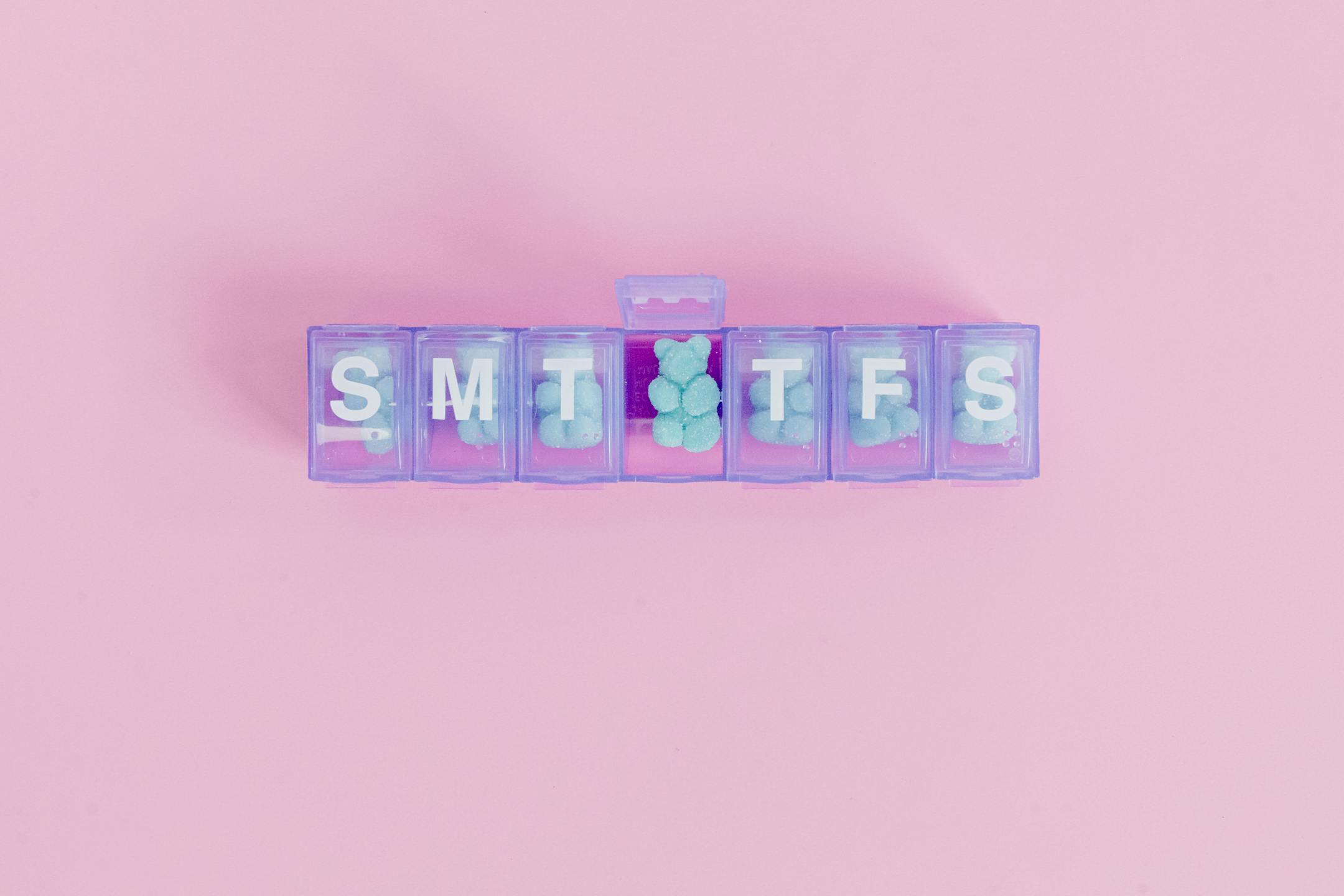
When it comes to managing ADHD, parents are often presented with a difficult decision: whether to try medication. Many families I work with prefer to start with therapy and coping skills, worried that stimulants like Adderall, Focalin, or Vyvanse will change their child’s personality. These concerns are real and valid.
This case study (a composite, shared ethically) shows how three children—ages 5, 7, and 11—found success after months of therapy plateaued, and how medication ultimately became the missing piece that helped them thrive.
Each of these children came to me for weekly therapy. We worked on emotional regulation, coping skills, and parent strategies at home. Progress was steady, but eventually each family noticed the same pattern:
Despite their hard work in therapy, they continued to struggle in school and at home. Their parents were hesitant about medication, worried about side effects, stigma, and whether it would “change who their child is.”
After months of effort and feeling stuck, each family agreed to consult with their pediatrician about a trial of medication. What happened next was striking:
Their parents’ reflections were powerful: “We wish we hadn’t waited so long. Therapy helped build skills, but medication unlocked their ability to actually use them.”
And for the kids, the change felt freeing. They loved that they weren’t always getting in trouble for things they couldn’t control before.
What these families experienced reflects what decades of research confirm: ADHD medication is among the most effective treatments in child psychiatry.
For many families, this translates to fewer conflicts at home, improved focus in school, and a sense that their child finally has the ability to reach their potential.
Medication, however, isn’t a cure — it’s a tool. Families in my practice often notice:
And while stimulants are powerful, they don’t teach skills. They can quiet the noise, but children still need:
The most successful treatment plans combine both—medication for symptom relief, and therapy for skill-building and confidence.
For these three children, starting ADHD medication was the difference between constant frustration and finally being able to thrive. Their parents went from hesitation to relief, realizing the medication didn’t erase their child’s personality—it gave them access to their strengths.
ADHD treatment works best when medication is part of a larger toolkit. If you’re considering medication for your child (or yourself), know that it’s not an all-or-nothing choice. With the right balance of therapy, support, and healthy routines, medication can help unlock potential that felt out of reach.
This blog is for educational purposes only and does not substitute professional medical advice. ADHD treatment decisions, including whether to start or adjust medication, should always be made in consultation with a licensed physician or psychiatrist who can evaluate your unique situation.
_____
If you’re ready to break patterns, build clarity, and feel seen— Book a free 15-minute consultation or schedule your first session today!